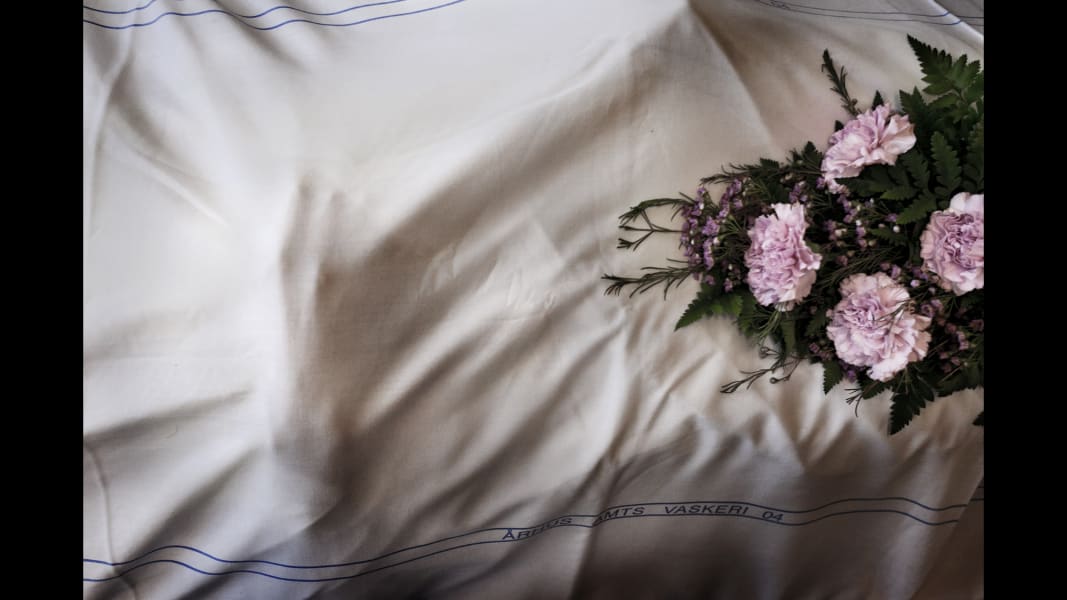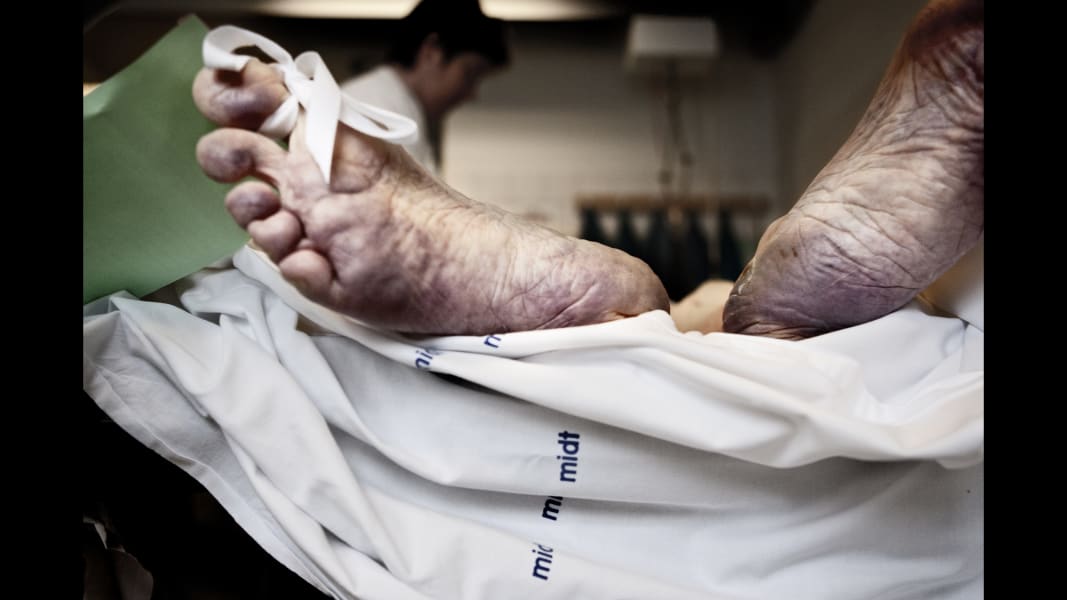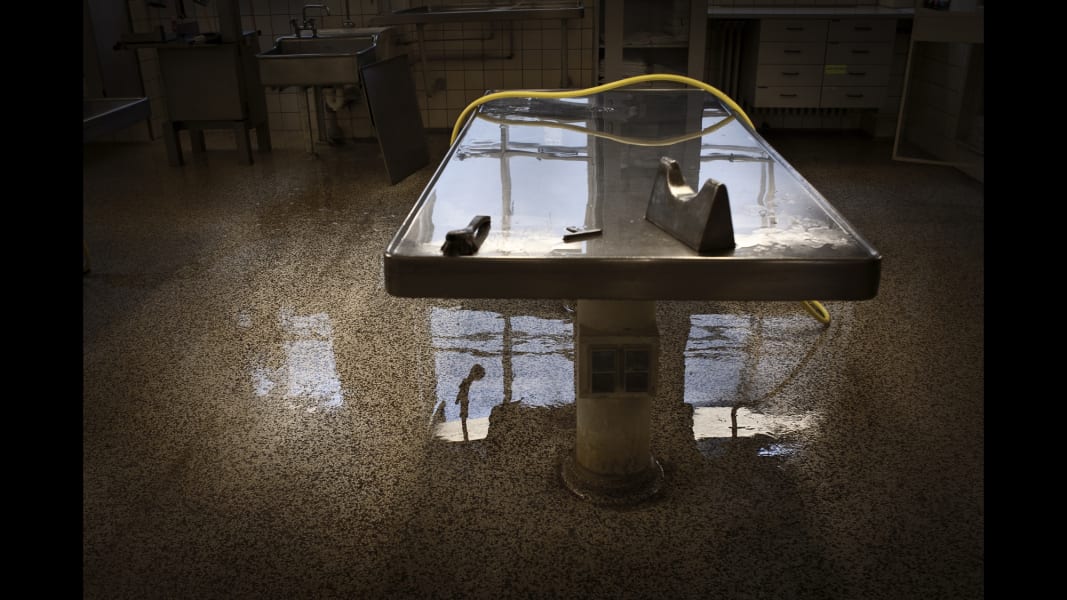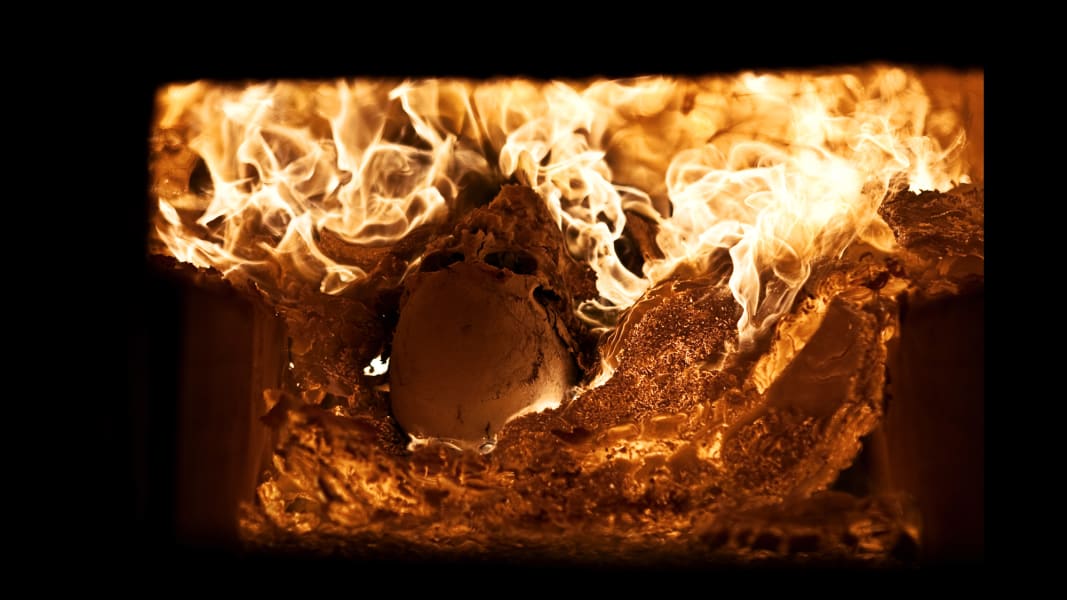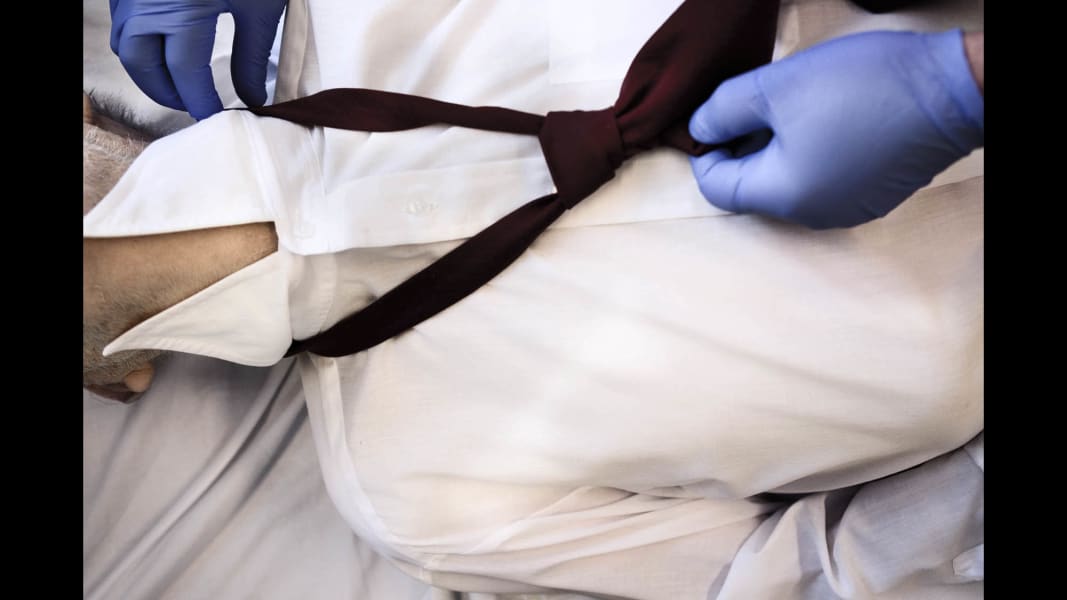Share
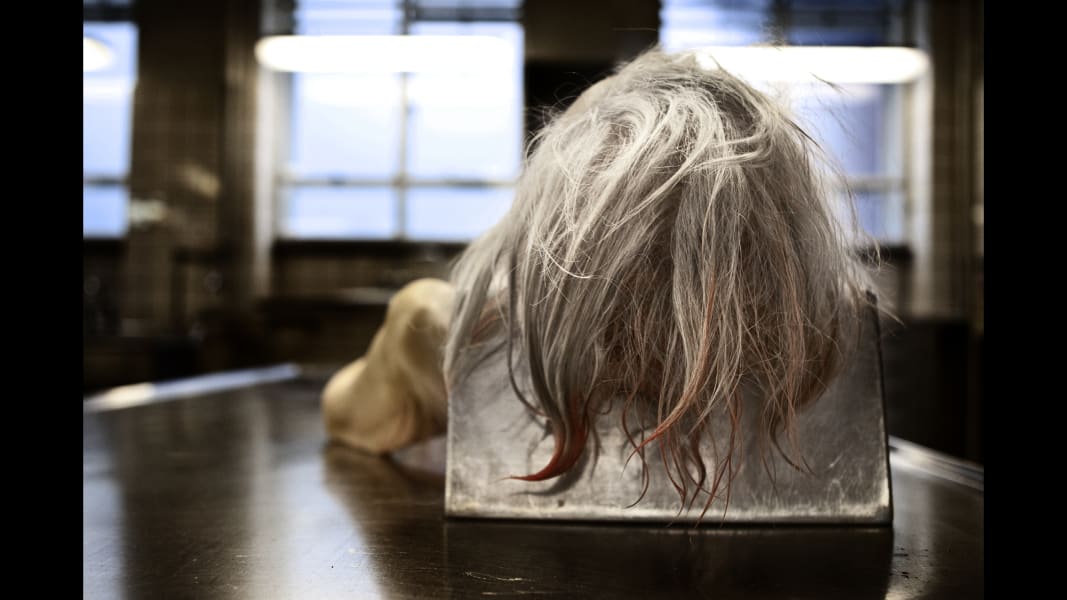

1 of 10
In the spring and summer of 2012, Danish photographer Cathrine Ertmann set out to document death and what happens to people after they die. Her project, called "About Dying," aims to break the taboo about death by viewing it up close. Cathrine Ertmann
During her time in the morgue, Ertmann learned that in the crematory, the coffins are burned. Flowers are removed, but drawings, cards and pictures accompany it in the big oven and are burned at 850 degrees. She says it takes 60-90 minutes to transform into ashes. Cathrine Ertmann
A dead person is dressed for the funeral. Some plan what clothes they want to have on when they are laid in the coffin, but more often it is the family who chooses. If no decision has been made, the chapel provides a shirt for the dead. The garment is cut in the back and behind the arms, so it is easier to put on the deceased. Cathrine Ertmann
In the "Sixhour Room" lies a man under a blanket. Ertmann said that before six hours have passed from the moment of his death, a doctor will examine the body, looking for signs of clinical death such as bruising and stiffness. The red cord seen in this photo has never been used in the chapel in Aarhus, but it's
there anyway, so that the person under the cloth can call for help should they awaken. Cathrine Ertmann
there anyway, so that the person under the cloth can call for help should they awaken. Cathrine Ertmann
Ertmann agreed with the Institute on anonymity for those in her photographs: no birthmarks, jewelry or anything else that could be recognized by relatives. Cathrine Ertmann
During her time in the morgue, Ertmann witnessed many things: bodies in various stages of decay, people missing limbs, the results of aggressively resistant bacteria and young faces for whom death had come too soon. Cathrine Ertmann
Muscular stiffening begins between four and 12 hours after death. It starts in the neck and makes movement of the limbs impossible. When it reaches the scalp, it can make the body's hair rise. Ertmann compared this to goosebumps on the living. Cathrine Ertmann
"It's only hard when those who are too young to have died come in. Those who should have experienced much more. Those who leave behind small children. Otherwise it is really just as natural as being born, and that we don't hide away," says Michael Petersen, who directs the work in the chapel. Cathrine Ertmann
A label around the toes reports the essential information about the deceased. If the label is green, like the one in the photo above, they come from one of the hospital's departments. It tells when death occurred, if an autopsy needs to be conducted, the name of the deceased and their Social Security number. Cathrine Ertmann
When the autopsy is done, the table and the floor are hosed clean with soap and water. "After working in the morgue, I was walking in the street and I got really overwhelmed by seeing all the people just walking, chatting and laughing," Ertmann said. "I wanted to yell: YOU ARE ALIVE, USE IT!" Cathrine Ertmann
